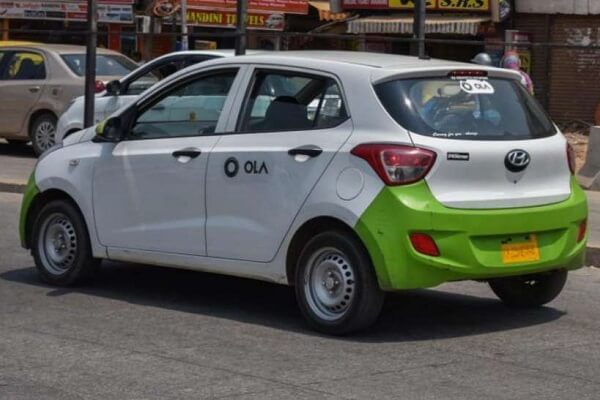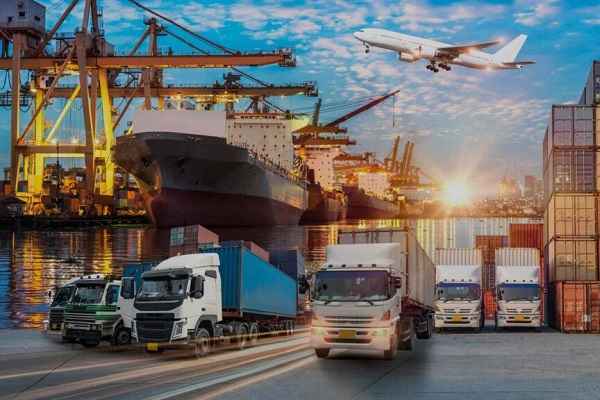 How Weigh-in-Motion Systems Are Revolutionizing Freight Safety
How Weigh-in-Motion Systems Are Revolutionizing Freight Safety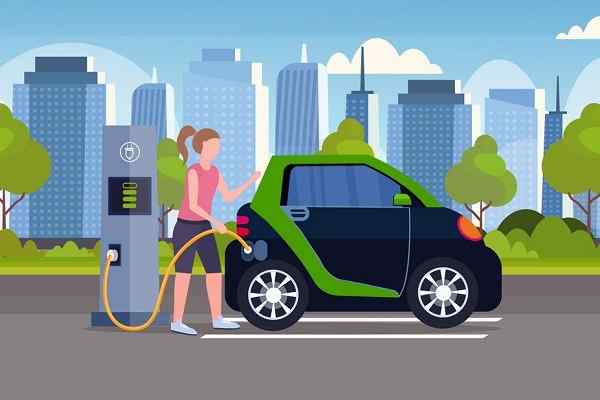 Women Powering India’s Electric Mobility Revolution
Women Powering India’s Electric Mobility Revolution Rail Chamber Launched to Strengthen India’s Global Railway Leadership
Rail Chamber Launched to Strengthen India’s Global Railway Leadership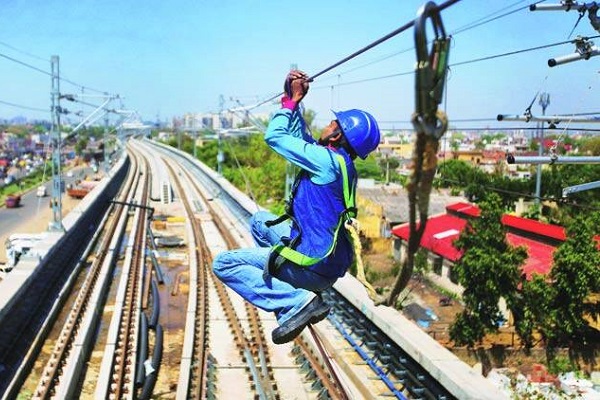 Wage and Hour Enforcement Under the Massachusetts Wage Act and Connecticut Labor Standards
Wage and Hour Enforcement Under the Massachusetts Wage Act and Connecticut Labor Standards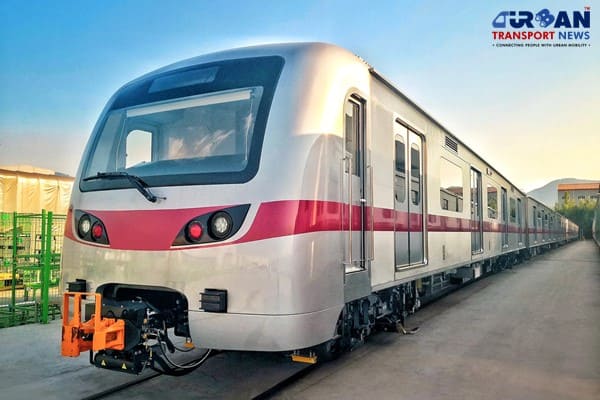 MRT‑7: Manila’s Northern Metro Lifeline on the Horizon
MRT‑7: Manila’s Northern Metro Lifeline on the Horizon Delhi unveils ambitious Urban Mobility Vision: Luxury Metro Coaches, New Tunnels and Pod Taxi
Delhi unveils ambitious Urban Mobility Vision: Luxury Metro Coaches, New Tunnels and Pod Taxi Qatar approves Saudi Rail Link Agreement, Accelerating Gulf Railway Vision 2030
Qatar approves Saudi Rail Link Agreement, Accelerating Gulf Railway Vision 2030 UP Govt plans to introduce Water Metro services in Ayodhya, Varanasi & Prayagraj
UP Govt plans to introduce Water Metro services in Ayodhya, Varanasi & Prayagraj India’s First Urban Ropeway begins Trial Run in Varanasi, Set to carry 1 Lakh passengers daily
India’s First Urban Ropeway begins Trial Run in Varanasi, Set to carry 1 Lakh passengers daily India and Bhutan to Build First-Ever Rail Link: ₹4,033 Cr Project to Boost Regional Connectivity
India and Bhutan to Build First-Ever Rail Link: ₹4,033 Cr Project to Boost Regional Connectivity
Public Transport Systems in Rural Areas: A way forward
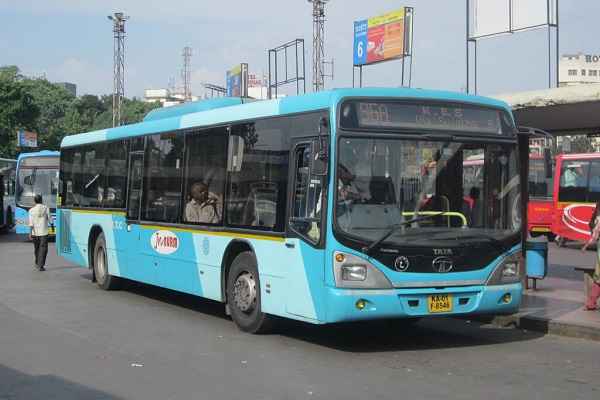
One of the basic needs of a population is mobility, which is a fundamental consideration for the growth of a locality. Proper and easy Access to public transport in urban and rural areas plays a vital role. Efficient public transport connects and enables individuals to access local services more affordably.
Like urban areas, rural and small-town residents also depend on transportation for their day-to-day activities like schools, access jobs, medical facilities, shopping, social events and other services and access to public transport increases rural residents' ability to access entertainment, recreation and other several activities that promote community engagement.
In developing countries, poor rural areas have a particular need for public transport. Transport has always been a positive indicator of development and the absence of an easy and affordable transport system in rural areas often leads towards a stage of backwardness. In these areas, most people do not own motorized vehicles and therefore do not directly benefit from a conventional transport planning approach. Public Transport plays an essential factor in the development of rural areas. The existence or absence of public transport limits the opportunity for rural people which helps in improving their social and economic well-being.
Transport in Rural areas depends on suitable infrastructures like paths, roads, bridges, waterways, railway tracks, traffic management systems and their associated maintenance. Rural carrier plays a central role in the economic development of any country.
Modes of public transport in rural communities
Generally, there are few options available for travel patterns in rural communities, few of the transit modes include:
- Demand-Response
- Vanpool
- Private Cars
- Private Shuttle Buses
- Trains to surrounding areas
- Cycling
- Walking
The benefit of public transport in the rural areas
Public transport connects rural areas and small towns to cities and regional centres, connects them to essential services in a much more convenient and affordable way, and provides employment. Focusing on good public transport is beneficial for the environment and human health as this leads to less pollution from motor vehicle emissions and enhances air quality. Public transportation reduces the number of cars on the road and dependency on private transport. It is essential in supporting the rural community members who cannot afford a personal vehicle or drive.
Challenges faced by Public Transport in Rural Areas
Rural residents face several obstacles in receiving affordable, reliable, and safe transit methods. People in the rural areas suffer from many deaths due to not having timely access to health services in rural areas. Over 90% of the road network remains unpaved, mostly gravelled, in a few developing countries and the problem is not just building good roads but also maintaining them.
- Coordination of Programs and Services
- Distance
- Population Density
- Safety and Infrastructure Issues
Conclusion
Public transport can be improved in rural areas by providing an easy and efficient way for community members to access Public Transport. Improving public transportation can also improve people’s access to several services.
As we know that the rural environment is considered the growth engine of a country. Planners of rural developers need to focus on the improvement of these interconnecting priorities, rural transport planning needs to be based on its people and their problems and needs by understanding the potential of an area and it will also help in economic and social growth.





